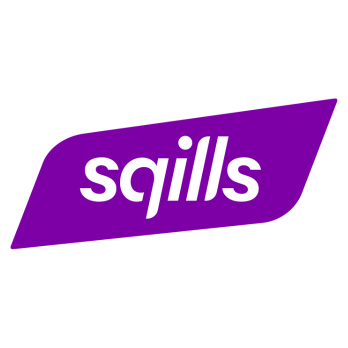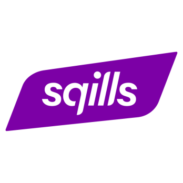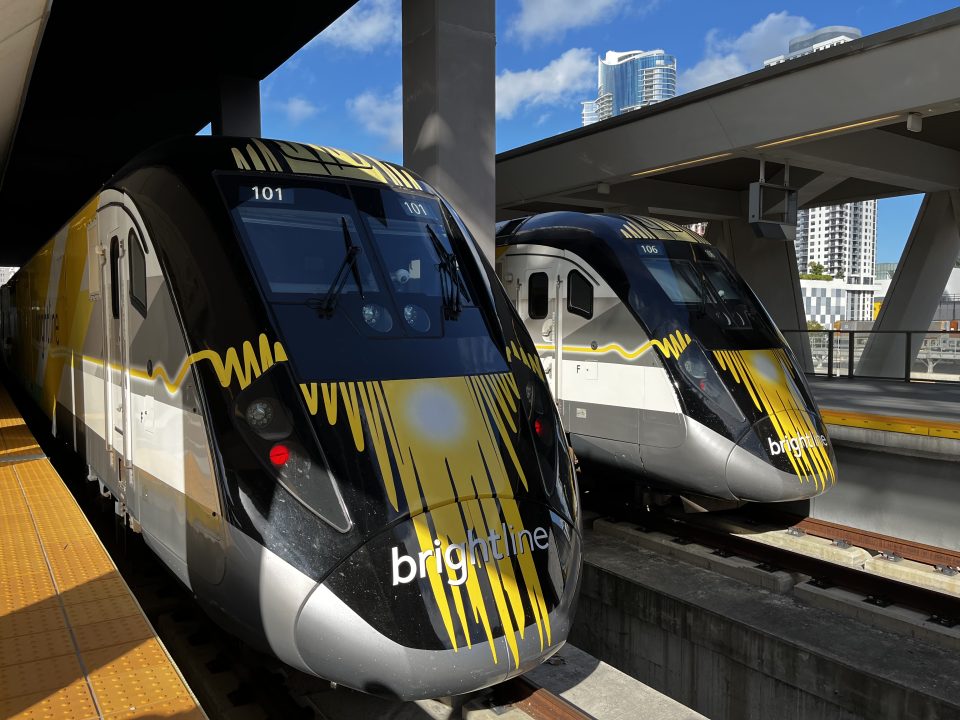Sqills to Provide OSDM Validator Tool to the International Rail IT Community to Enhance Standardisation
Sqills has offered the technical OSDM (Open Sales and Distribution Model) community to provide an automated tool with which any stakeholder can verify if their OSDM API endpoint complies with the jointly agreed implementation scenarios. Later in 2023, every fare provider or carrier that offers an OSDM API can use the software to automatically verify if their implementation adheres to the standards agreed by the community.

After joining the OSDM initiative in 2020, Sqills has made significant investments in this standard, from the belief that it is the best solution currently available to achieve crucial goals of rail interoperability, allowing the rail industry to provide a sustainable and comfortable alternative to planes and cars and following EU guidance on better integration. In 2021, Sqills’ S3 Passenger was the first inventory management system with a functioning OSDM interface. Shortly after, a so-called “sandbox” test environment was made publicly available by Sqills to all stakeholders that want to test and experiment with a functioning OSDM interface. As the next step, Sqills will make software available under an open-source license model to everyone in the OSDM community that wants to verify the compliance of their API with the standard.
The ability to do so, stems from the cooperation between tech partners in the OSDM context.
Johan Nieuwerth, Sqills Chief Product Officer, explains:The cooperation in the OSDM Tech group has been really productive so far, and we’ve recently agreed to actively work together on a documented collection of standardised usage scenarios of the interface. This should lead to easy demonstration of compliance by, and for, all parties involved. By partnering with our colleagues from Bileto, Turnit, and other technical stakeholders in the OSDM workgroup, we will soon have a collection of such “community-driven” scenarios. And we want everyone who is working on implementing their OSDM interface to benefit from this.
The tooling we are developing will make it a really easy process to enter the details of your OSDM API endpoint with some input variables such as the Origin/Destination station of a sample trip. From there you will automatically receive a report of how much of the agreed upon OSDM scenarios for a carrier / fare provider are covered by your API. We will use this tool ourselves, and decided to make it available to everyone interested – to contribute to more and better standardisation across the industry.
Added Value
The added value in the validation scenarios and the automated tooling around it, lies in the fact that the OSDM API interface is – intentionally – quite “open for interpretation”. It is designed to be as inclusive as possible for all modalities and all actors that wish to interact with each other. This is why it offers several alternative solutions to given use cases, such as dealing with bicycles on trains, the modelling of certain ancillary products, or the optional separation of tickets into admissions and seat reservations. The collection of community-agreed implementation scenarios, will literally document which alternative variations of using the OSDM API specification have been carefully reviewed by the community and deemed valid. The automated tool can quickly demonstrate this compliance, further reducing the investment of integrating with any given OSDM API endpoint and further removing any entry barrier to the market.
Marc Guigon and Vittorio Carta, chair and vice-chair of OSDM respectively, say:As OSDM specification foundations are now established and implementation started, the OSDM Executive committee (composed of Railways, IT providers and Third parties distributors) discussed how the OSDM Technical expert team (composed of Experts volunteers) could provide support and help to companies willing to implement OSDM. To reduce their test investment effort, it is proposed to provide a catalogue of configurable test scenarios that will be easily adapted to the company environment allowing them to test their new OSDM API.
Bileto, Sqills and Turnit who are now implementing the OSDM 2.0 version for their Railway and Bus customers have offered to develop this catalogue of scenarios. Sqills is now going one step further, by also offering automated software tooling for everyone that is working on their OSDM carrier / fare provider API endpoint. This will certainly have a very positive effect on how interoperable all partners will effectively become and protect the OSDM interface standard at the same time. This Sqills contribution will again be a big step forward to facilitate broad OSDM adoption.
Accessible to the Community
The tool in development by Sqills for this purpose and made accessible on-line to the community, aims for independence and neutrality for any interested party to make use of it. This is achieved in two ways:
- The software itself will be made available under an open-source license. This means that any actor that wants to use the software itself but prefers not to use it in a Sqills cloud hosted environment, is free to do so.
- The validation scenarios that the tool runs through to verify OSDM interface compliance, are not exclusively managed by Sqills, but are the result of a joint effort by the OSDM Technology working group including besides Sqills also Turnit, Bileto, UIC, various ticket distribution companies and the IT departments of several rail operators in Europe.
This article was originally published by Sqills.












